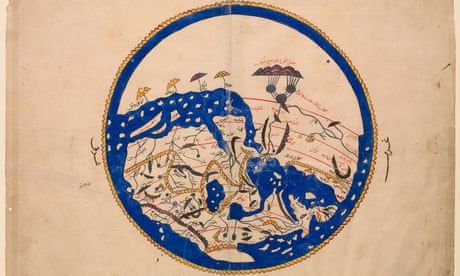
British Museum, London
Following China’s epic ancient trade routes through fabulous oases, desert palaces and burial mounds will radically change the way you feel about borders
Not many exhibitions turn the history of the world upside down. The British Museum’s mesmerising Silk Roads does, by showing how Asia, Europe and north Africa shared their cultures more than a millennium ago. Far from developing in isolation, let alone in a “clash of civilisations”, east and west were once mutually connected by epic trade routes known as the Silk Roads that carried China’s precious discovery, silk, across the then-known world. If that sounds dry, the British Museum turns it into a fairytale of magic and beauty, as you follow the merchants’ routes to fabulous oases, desert palaces, synagogues, mosques and burial mounds.
You reach the first oasis by clay camel, to be precise a two-humped Bactrian camel of painted ceramic, nearly a metre tall, rearing its head in a bellow you can almost hear. This superb eighth-century statue comes from a tomb in Henan Province, China. Tied to its saddle are bolts of silk that were worth crossing worlds to sell or exchange.
Continue reading...